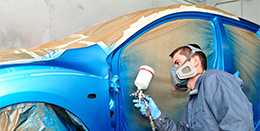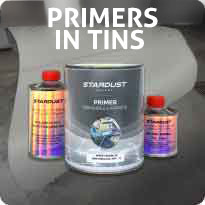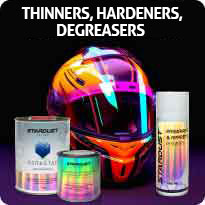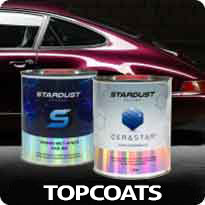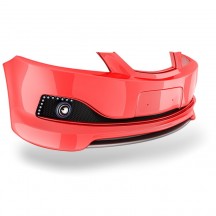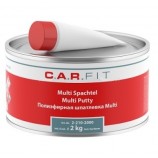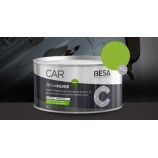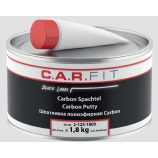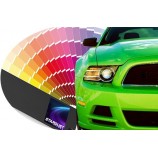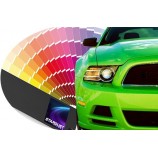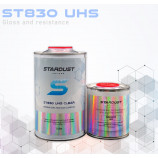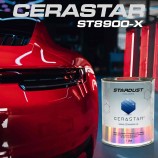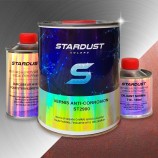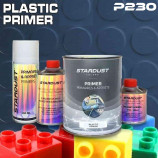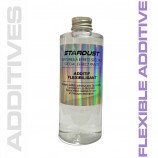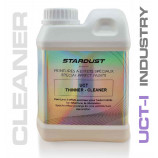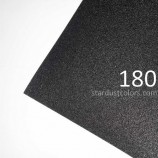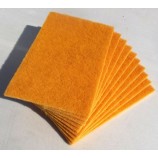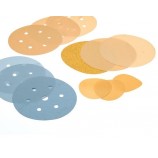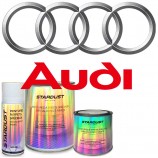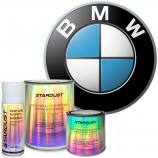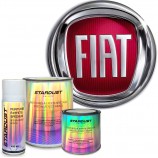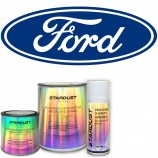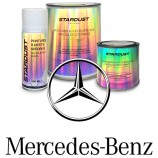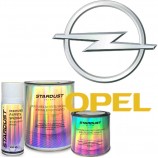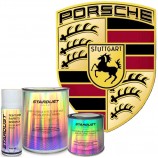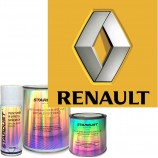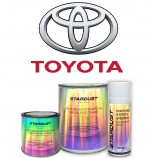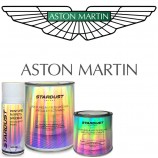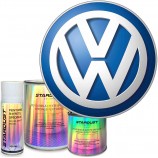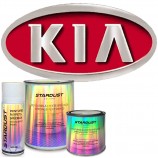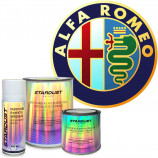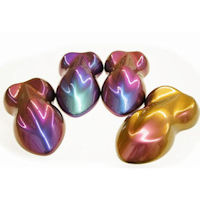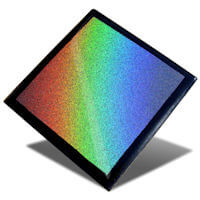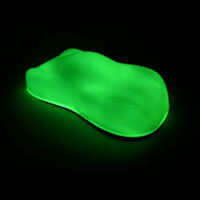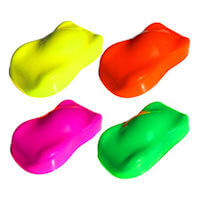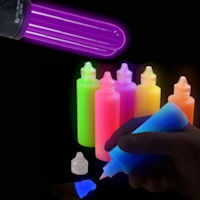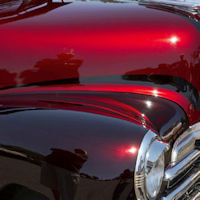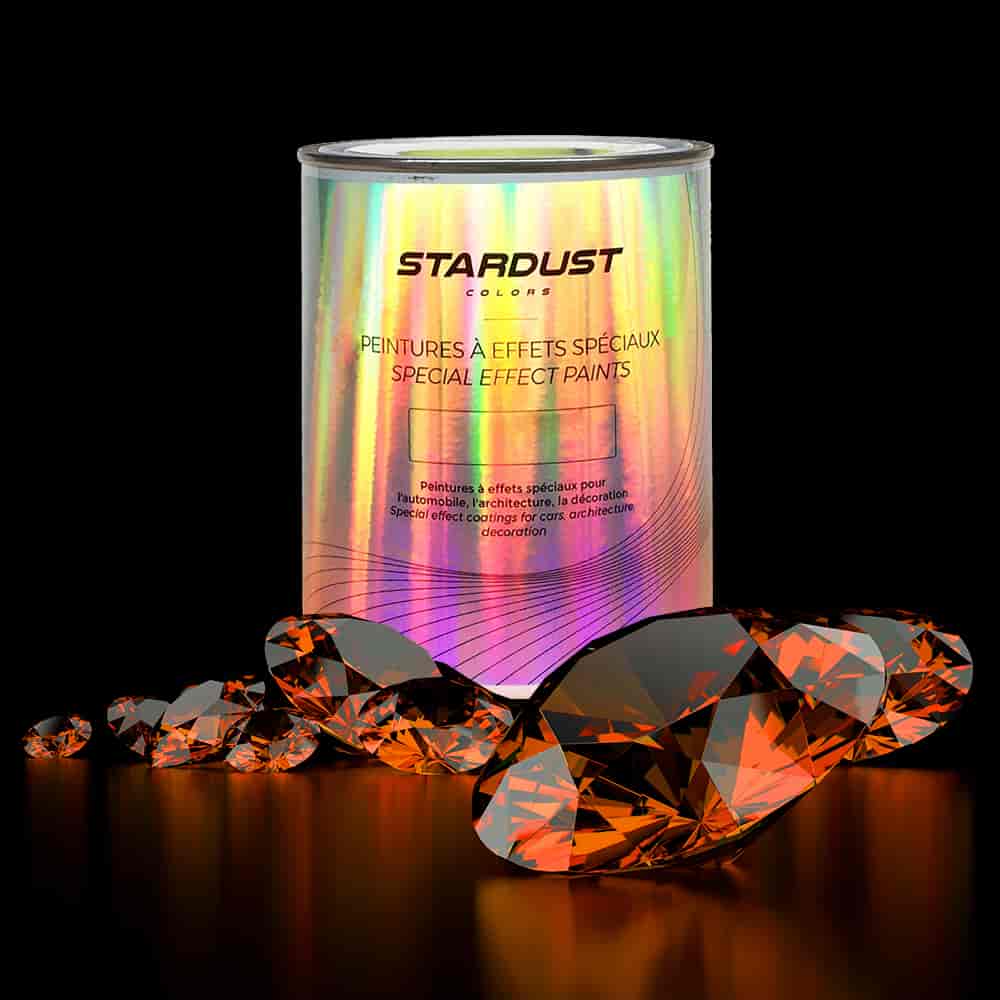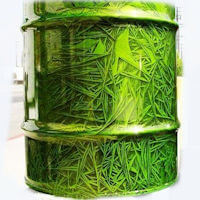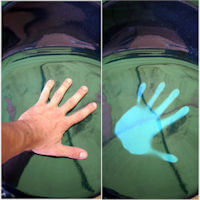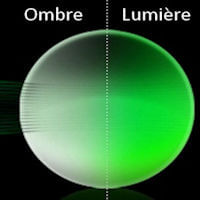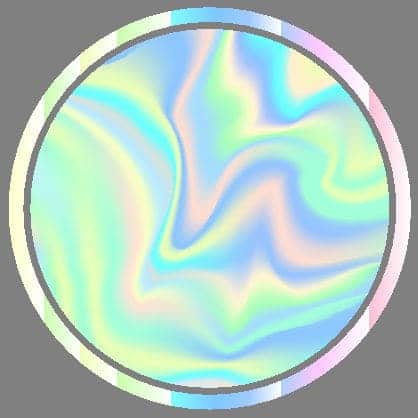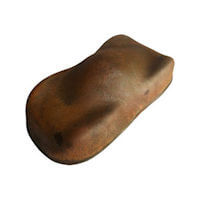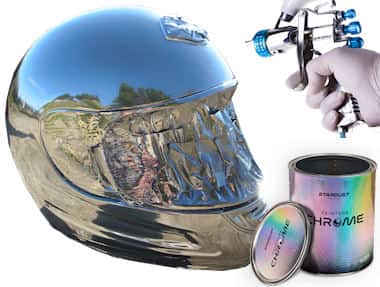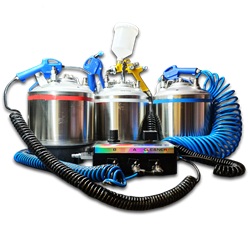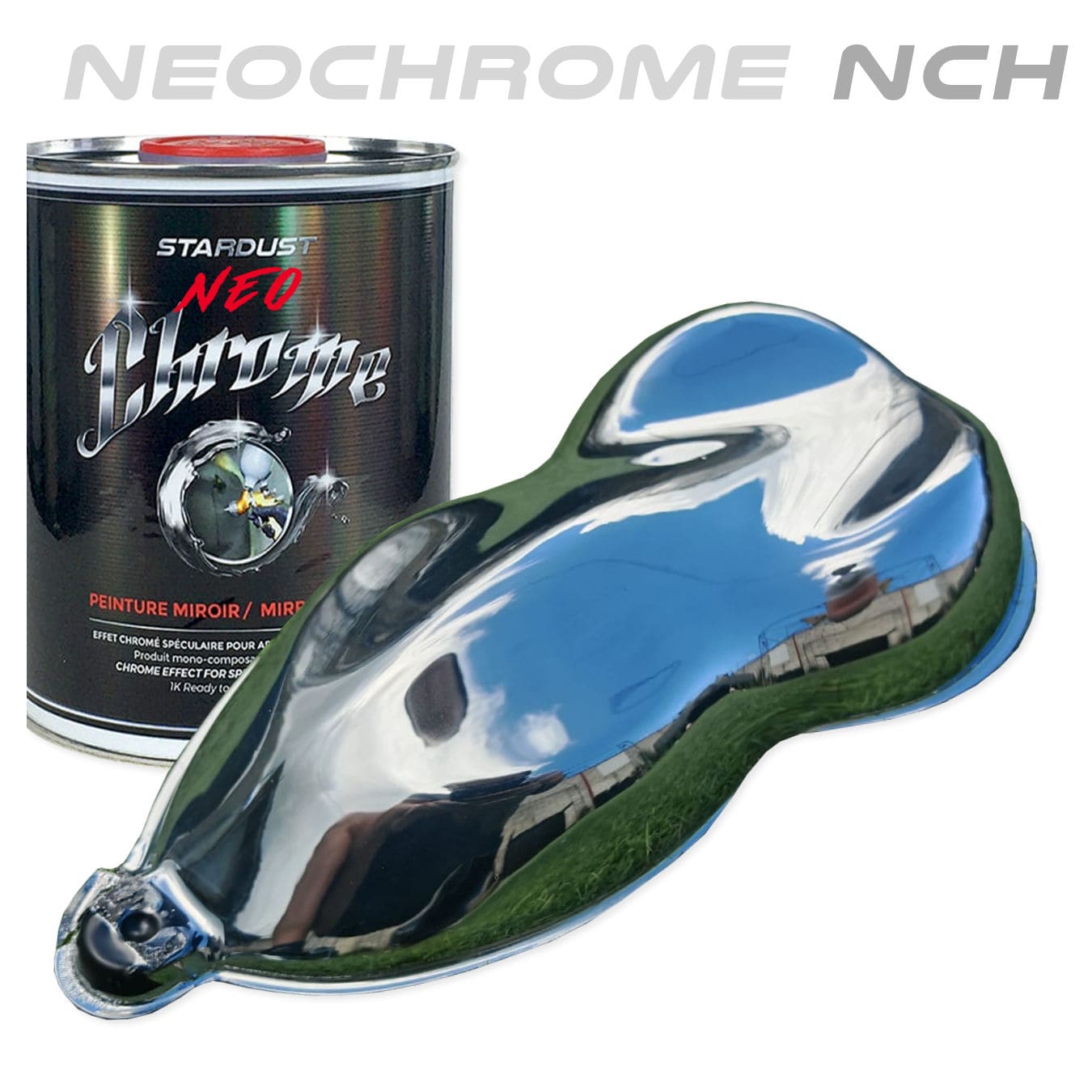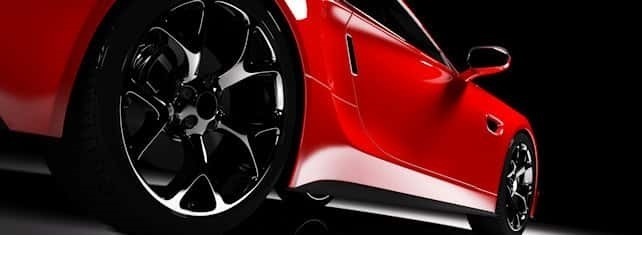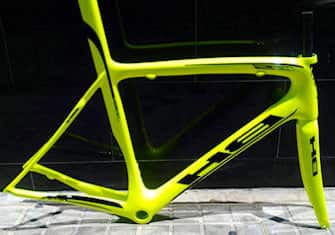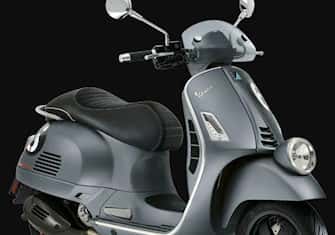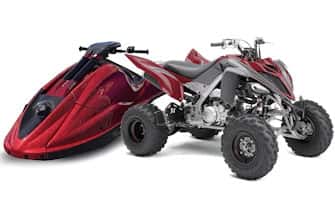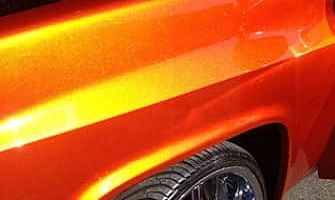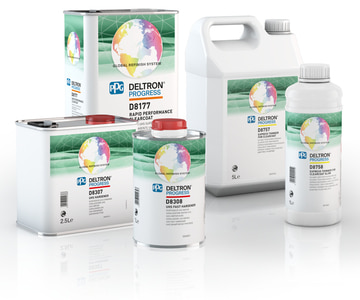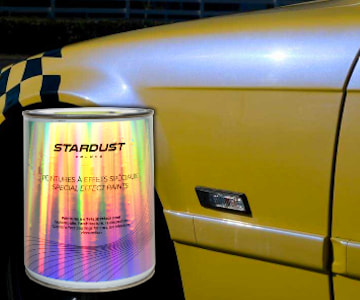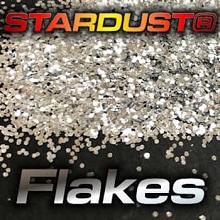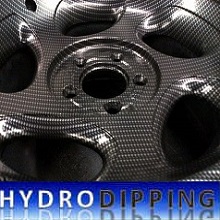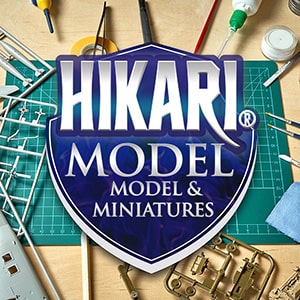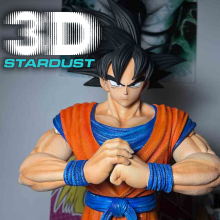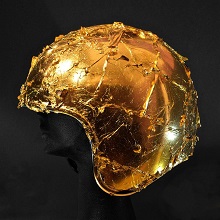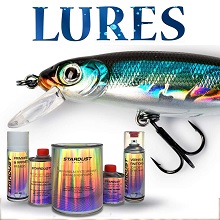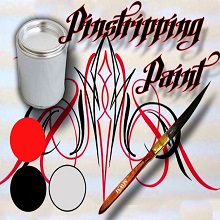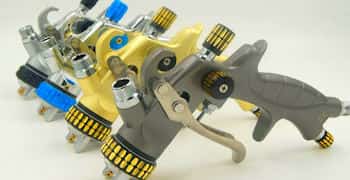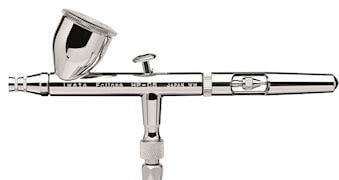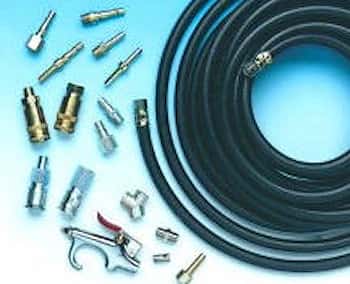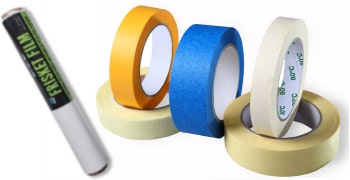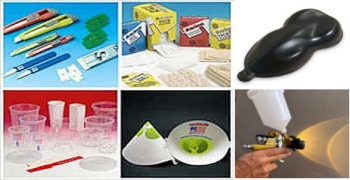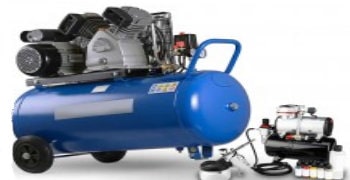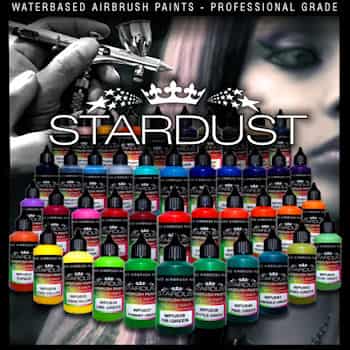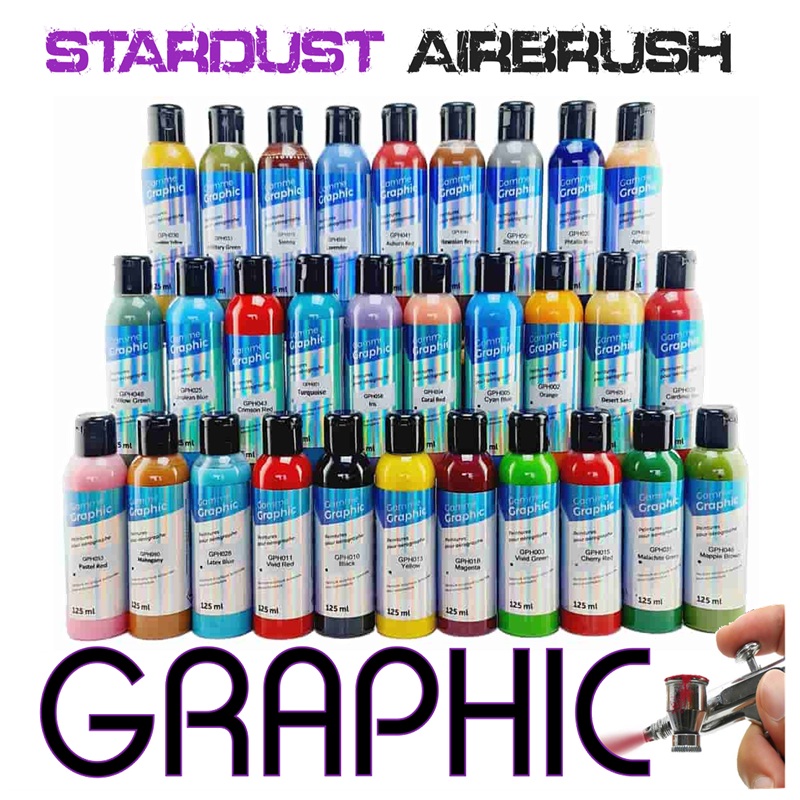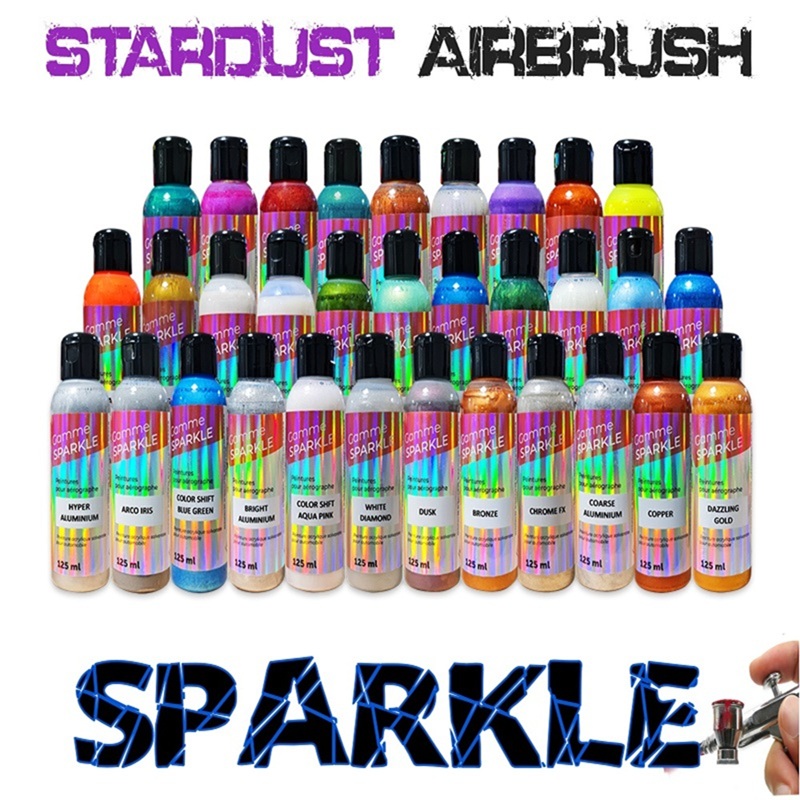As every body shop knows, bumper painting is one of the most difficult applications of car paint for car parts. There are three reasons why applying car paint to a bumper is more complex than it seems : bumpers are plastic parts (paint adheres poorly), they are flexible (paint may crack or peel) and they are subject to intense abrasion and splatter.
Plastics are problematic substrates.
They are difficult to paint, and there are many types of plastics, each reacting differently to paint.
On lower vehicle parts, PEHD, PE (High and Normal Density Polyethylene), and PP (Polypropylene) are generally treated the same way.
There are proven techniques to prepare and prime them to ensure proper adhesion.
⚠️ If these techniques are not followed precisely, the paint will inevitably peel — either spontaneously or after minor impacts.
Car paint for bumper: products and techniques
Here are our quick tips for painting PP or PE parts correctly.
1/ Retouching already painted parts
If only a small area needs repainting and the existing paint is not flaking around the impact or scratches, there is no need to strip the original coating — doing so would mean redoing the entire adhesion system from scratch.
In this case, it is sufficient to:
– lightly sand the affected area with water,
– prime,
– paint,
– and apply a clearcoat.
To avoid cracking on flexible substrates, two rules must be followed :
-
avoid thick layers of filler or primer
-
add a small percentage (1-2%) of our softening additive
2 / Painting a bare plastic bumper :
In this case, follow the standard process recommended by all car paint manufacturers: :
-
Flame-treat the surface with a blowtorch
-
Scrub thoroughly using an abrasive sponge and thinners
-
Apply a plastic primer
-
Follow with paint and clearcoat, adding a small amount of flexibilizer
How to make bumper coatings resistant to stone chips and gravel ?
It is always the clearcoat that provides the first line of defence against gravel and road debris.
⚠️ Do not apply excessive coats or thicknesses of clearcoat!
Contrary to what one might think, thickness does not make clearcoat stronger — it becomes more prone to cracking.
Adding a small percentage of softening additive improves resistance to both flexing and impact:
a coat that is too rigid becomes brittle and will crack easily.
How to apply filler and primer to repair a bumper ?
Again, the key is to avoid thick layers of filler or primer!
Any twisting or bending of the plastic will cause thick, brittle layers to break or detach.
Filler should only fill the scratch — no more.
Primer must be sanded down so that only a thin and even coat remains, just enough to level out surface defects.







